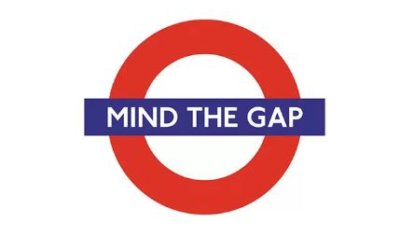Having visited over fifty institutions during my tenure with CFO Colleague, certain themes recur enough that it makes sense to chat about them. Pricing seems to be the most common issue, particularly when increased discounts are supposed to generate higher net tuition revenues.
At one institution, even a sixty percent freshman discount rate wasn’t enough motivation for students to flock like the salmon of Capustrano. They missed both their recruitment and net tuition goals, lamenting that a bunch more could have been recruited if they had merely moved the discount to that magical sixty-four percent. They had recruited around 200 freshmen and I was told that the desired four percentage point discount shift would have yielded another ten to twelve freshmen. The stage was set for a conversation about net pricing.
Say they’re charging $20,000 for tuition. A 60% discount thus means they glean 40% of what they charge or $8,000 on a net basis. Increasing to a 64% discount nets 36% of tuition or $7,200. It just so happens that moving from collecting 40% down to 36% is a one-tenth reduction in price ($8,000 * 90% = $7,200). So, at a cursory level, one would think that a 10% increase in students recruited is all that’s needed to offset the price decline.
As it turns out, one would think wrongly.
An incoming roster of 200 students paying $8,000 apiece in net tuition revenue (NTR) yields $1,600,000 for that gang. Ten percent more students (220) at the $7,200 net price yields $1,584,000. It’s close – but is still less than what was achieved at the 60% discount. And, if the promised twelve additional students arrived as a result of the higher discount, NTR of $1,526,400 results. That’s about $74,000 LESS than what was brought in at 60%. More students = less money? What’s going on?
Consider an example most of us know all too well.
Your life savings of $20,000 is fully invested in the stock market and suffers a decline of 25% (1/4th) to $15,000. To get back to $20,000, you will need a 33.3% (1/3rd) increase because the baseline denominator is a lower number ($5,000 / $15,000). The same applies to reductions in net pricing in higher education. A reduction in price or volume of 1/x requires an increase in volume or price respectively of 1/(x-1).
Let’s apply this mechanism to the 60% versus 64% discount (40% received versus 36%.) That 1/10th reduction in net price requires a 1/9th increase in volume to get back to square one. An increase of 1/9th in student numbers means we have to move from 200 incoming freshmen to 222.22 which, when multiplied by $7,200, yields $1.6 million. Victory is claimed for the incredible increase in students recruited – even though there is nothing additional to show for it. Of course, this presumes that an average of $800 in added financial aid for everybody will bolster demand by 11.1%. Students are price sensitive but THAT much? Seems far-fetched.
The bottom line? Using awards as leverage to shape the incoming class can be successful but will not succeed if the need is to overcome glaring institutional deficiencies. Discount escalation is a last ditch strategy that lacks a theoretical framework to support its use, particularly as percentages approach the stratosphere. A number of our more savvy clients believe that declines in demand merit reducing discounts while turning full attention toward activities and actions that draw new students – programs, reputation or other non-price strategies.
Simple price and volume math should drive these strategic postures.



